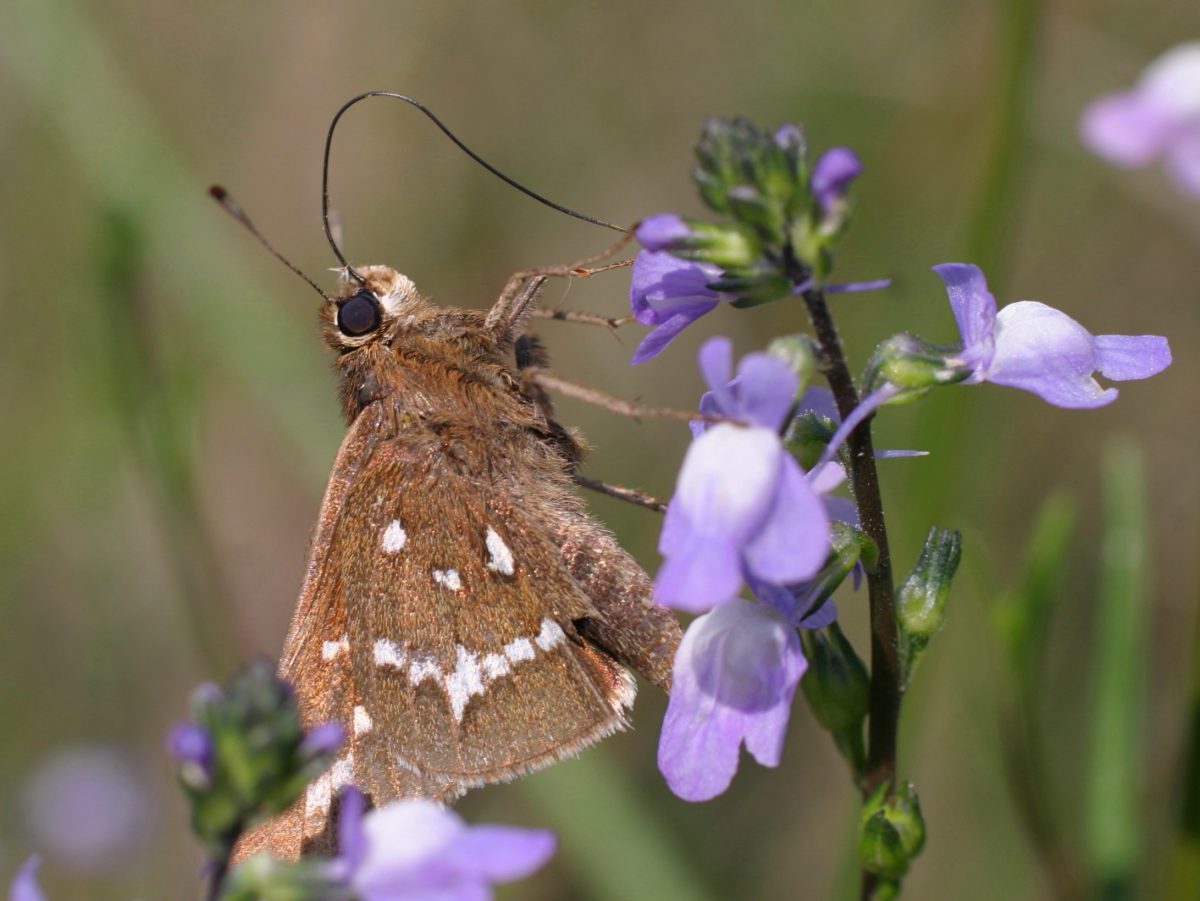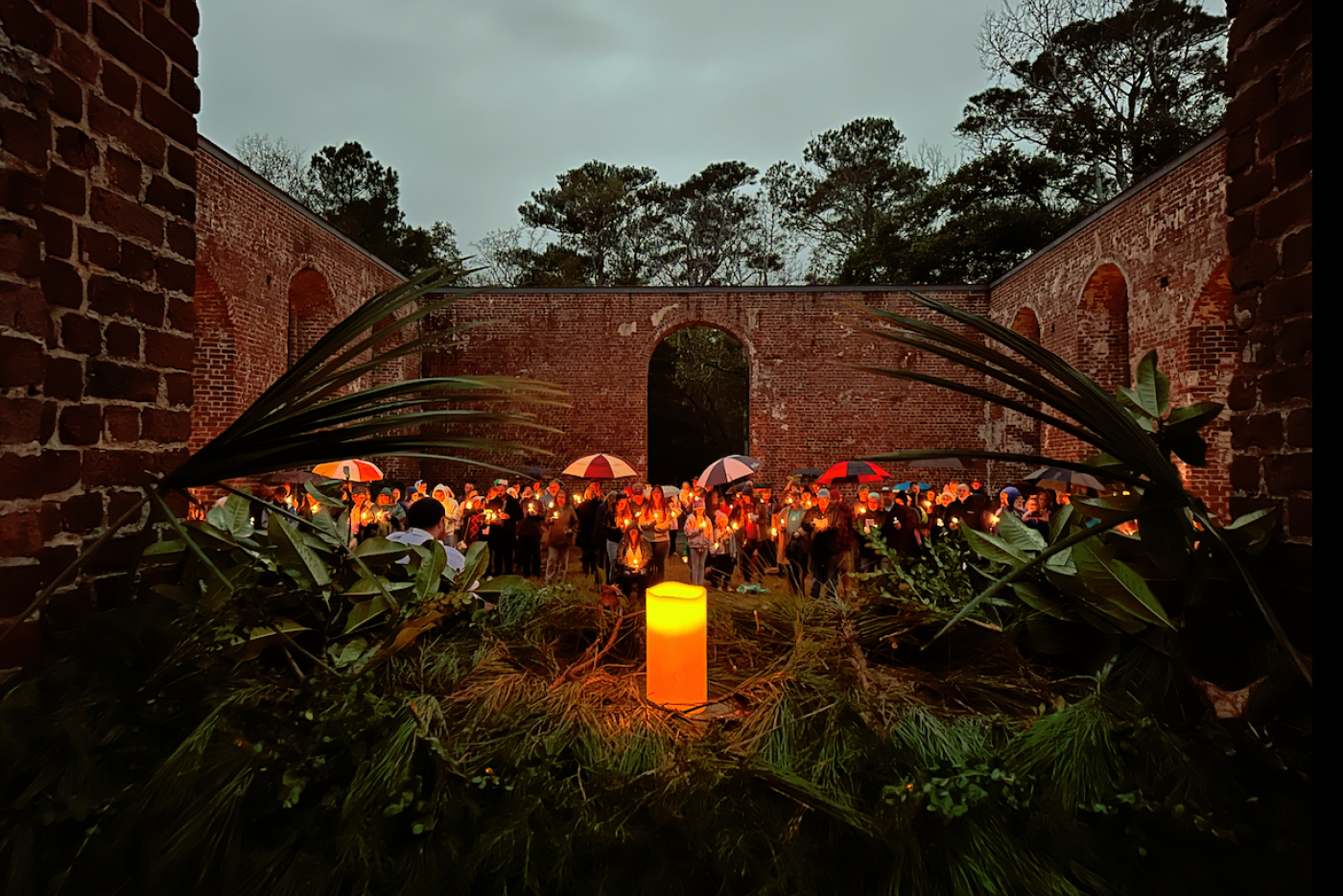
Separate efforts to conserve a butterfly species endemic to Bogue Banks and to incorporate certain species in coastal restoration efforts are among six new projects funded by a partnership between the U.S. National Science Foundation and the Paul G. Allen Family Foundation.
The funding announced Wednesday will combine scientific research and conservation activities to learn from and protect Earth’s biodiversity. It includes grants to North Carolina State University and the North Carolina Aquariums to conserve the crystal skipper butterfly in a coastal urban environment.
Supporter Spotlight
The project, “Connectivity for a complex life cycle: Conserving the crystal skipper butterfly in a coastal urban environment,” was awarded $429,687 to develop a rigorous, sustainable and unbiased survey methodology to estimate skipper population size and trends; evaluate the role of connectivity, or ease of movement, between host plants and nectar plants in limiting skipper populations; assess whether management can increase crystal skipper populations and offset effects of climate change; and implement adaptive, robust and strategic improvements to the existing crystal skipper conservation plan.
NCSU received $442,219 and Duke University $255,423 for the project, “Collaborative Research: Incorporating secondary foundation species in coastal restoration efforts to increase ecosystem regrowth, biodiversity recovery and climate resistance,” to work in concert with conservation organizations including the Nature Conservancy and the North Carolina Coastal Federation to test and co-design evidence-based approaches that restore secondary foundation species to increase the growth of primary foundation species and site biodiversity, while enhancing key ecosystem functions such as climate resistance of restored habitats.
The projects are funded by $8 million in combined support from the two organizations in a new Partnership to Advance Conservation Science and Practice, or PACSP, and focus on protecting diverse ecosystems and imperiled species across the United States.
“More than 1,000,000 species across the globe are threatened with extinction and these projects are a step towards decreasing that number and slowing the rate of biodiversity loss on Earth,” said Simon Malcomber, acting assistant director for the National Science Foundation’s Directorate for Biological Sciences. “These efforts are critical as losing any species impacts society, whether by changes in disease patterns, decreases in natural pest control, ecosystem degradation, or by losing one of life’s unique solutions to problems that humans could’ve harnessed to our benefit.”
The competition received broad interest, with numerous submissions coming from researchers who had not previously submitted to the National Science Foundation. The six projects will work to understand threats to biodiversity and conserve species across a diversity of environments.
Supporter Spotlight
Other awards go to the following organizations and agencies:
- Fresno Chafee Zoo, University of California Davis and the U.S. Bureau of Land Management to protect the endangered blunt-nosed leopard lizard.
- Bernice Pauah Bishop Museum; Pamona College; University of Hawaii, Manoa; and Hawaii Department of Land and Natural Resources, Division of Forestry and Wildlife to advance conservation for endangered Hawaiian land snails.
- San Diego Zoo and Iowa State University to study and enhance desert tortoises’ resilience to climate change.
- University of Wisconsin, Madison; U.S. Fish and Wildlife Service; and U.S. Geological Survey, National Wildlife Health Center; to develop tools to mitigate white nose syndrome, a lethal fungal disease decimating the North American bat.
“The breadth of biodiversity loss in the United States is reflected in the wide range of species covered in these six projects. While the approaches are different, each study addresses systemic issues that are much bigger than a singular species, and they leverage science and technology to accelerate conservation solutions,” said Lara Littlefield, executive director on behalf of the Paul G. Allen Family Foundation. “The increased number of new-to-NSF applicants also tells us that there is untapped potential for more collaboration between primary research and applied technology.”
In addition to their scientific and preservation work, the teams will work to engage policymakers, students, teachers and the public on topics related to conservation. Several of these efforts will focus on underrepresented minorities, including a paid internship program for underrepresented minority students from throughout California’s Central Valley, training of Native Hawaiians and Pacific Islanders in STEM integrated with indigenous research models, and recruitment of minority students from across North Carolina.
Awardees are to develop lesson plans for K-12 students, participate in after-school programs and summer camps, and host workshops for teachers. Broader public outreach will include social media, festivals and community meetings, museum and aquarium exhibits, interactive activities for children, and citizen science projects.
Learn more about the Partnership to Advance Conservation Science and Practice program and view the full list of awards by visiting nsf.gov.








